Explore all New Cars of 2024
-
Q.What should you buy: KTM Duke 390 or KTM RC 390?
329 Views Add Comment2 Comments

 Add your Comment
Submit Comment
Add your Comment
Submit Comment
From The Community
-
Q. Is Hero impulse available in Bangalore or Disconti ...
 Asked by Nagaraj Maddodi
8 Answers
Asked by Nagaraj Maddodi
8 Answers
-
Q. I am from middle class family should i buy the kt ...
 Asked by Knight Rider
8 Answers
Asked by Knight Rider
8 Answers
-
Q. Is it gold colour available. - Activa 4G?
 Asked by Radha Krishna
56 Answers
Asked by Radha Krishna
56 Answers
-
Q. What is the top speed of enfield classic 350
 Asked by Tarun Sundar
118 Answers
Asked by Tarun Sundar
118 Answers
-
Q. Does it have radiater or any cooling system - R15 ...
 Asked by Balamuralikrishnan
4 Answers
Asked by Balamuralikrishnan
4 Answers
-
Q. Hello sir street rod or z650 for city commute?
 Asked by Arc Academics
4 Answers
Asked by Arc Academics
4 Answers
-
Q. Hi, What is the difference in Wagnor vxi and vxi p ...
 Asked by Mohit Datasec
15 Answers
Asked by Mohit Datasec
15 Answers
-
Q. Is the spoiler fitted with wagon r vxi+ optional?
 Asked by Shyamal Deka
4 Answers
Asked by Shyamal Deka
4 Answers
-
Q. I am confused which one is better vxi or vxi+ sinc ...
 Asked by Amit Rai
3 Answers
Asked by Amit Rai
3 Answers
-
Q. Is abs system available in wagon r vxi amt?
 Asked by Jiten Sarma
4 Answers
Asked by Jiten Sarma
4 Answers
Topics you might be interested in
-
 Getting the most from your Engine oil27 Jun, 2014 | By Team ZigWheels
Getting the most from your Engine oil27 Jun, 2014 | By Team ZigWheels -
 Windscreen and Window care27 Jun, 2014 | By Team ZigWheels
Windscreen and Window care27 Jun, 2014 | By Team ZigWheels -
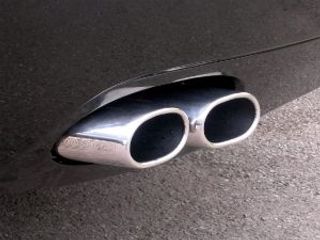 Performance Exhausts5 Sep, 2014 | By Team ZigWheels
Performance Exhausts5 Sep, 2014 | By Team ZigWheels -
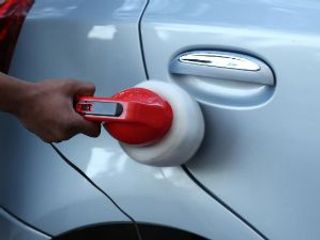 Car Polishing Tips27 Jun, 2014 | By Team ZigWheels
Car Polishing Tips27 Jun, 2014 | By Team ZigWheels -
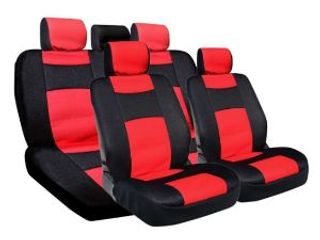 Seat Covers11 Sep, 2014 | By Team ZigWheels
Seat Covers11 Sep, 2014 | By Team ZigWheels
Latest Car & Bike Updates
-
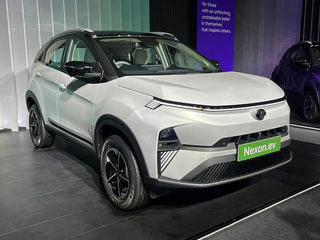 Reserve The 2023 Tata Nexon EV Facelift From Today!9 Sep, 2023 | By Team ZigWheels
Reserve The 2023 Tata Nexon EV Facelift From Today!9 Sep, 2023 | By Team ZigWheels -
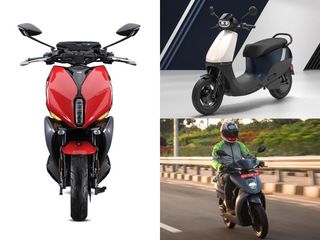 World EV Day 2023: All The Electric Two-wheeler Launching This Year Itself9 Sep, 2023 | By Team ZigWheels
World EV Day 2023: All The Electric Two-wheeler Launching This Year Itself9 Sep, 2023 | By Team ZigWheels -
 These Are Top Automotive Headlines Of The Week9 Sep, 2023 | By Team ZigWheels
These Are Top Automotive Headlines Of The Week9 Sep, 2023 | By Team ZigWheels -
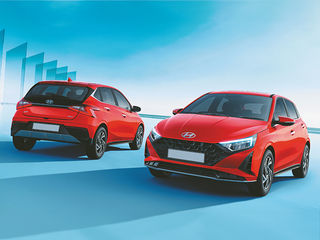 Here’s What The New Base Era Variant Of The 2023 Hyundai i20 Facelift Packs10 Sep, 2023 | By Team ZigWheels
Here’s What The New Base Era Variant Of The 2023 Hyundai i20 Facelift Packs10 Sep, 2023 | By Team ZigWheels -
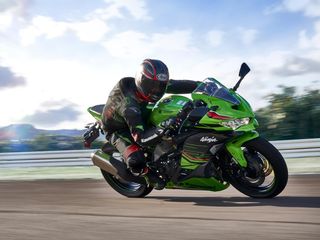 Get Ready For The Four-cylinder 400cc Screamer From Kawasaki10 Sep, 2023 | By Team ZigWheels
Get Ready For The Four-cylinder 400cc Screamer From Kawasaki10 Sep, 2023 | By Team ZigWheels
Recommended Videos
-
Royal Enfield Scram 411 vs Himalayan: Which Is The Right Bike For You? | ZigWheels 29 Mar, 2022 7749 views
-
Oben Rorr EZ First Ride Review | Convenient Commuting | ZigWheels 18 Nov, 2024 1817 views
-
Maruti Dzire 2024 Review: Safer Choice! Detailed Review 13 Nov, 2024 8521 views
-
Skoda Kylaq Drive, Interior, Space, Boot Detailed | Polo GT Back As A Skoda? | ZigAnalysis 10 Nov, 2024 9738 views
-
2024 Audi RS Q8 Performance Drive | The Ultimate Supercar! 9 Nov, 2024 8836 views
Trending Discussions
- TVS RAIDER BLUTOOTH VARIANT
- Comparition Fazer 25 Vs Classic 350 – Which has a Better Engine Efficiency?
- test
- Abhimanu yadav
- Milage Test survey
- Autoglam Car Accessories
- Review
- please change ' PRASANT HONDA' mobile no to 8116600365
- defective vehicle BMW X5 brand new car sun roof leakage
- Planning to purchase vw polo for long run i will be using the vehicle for more than 8 years .
×



